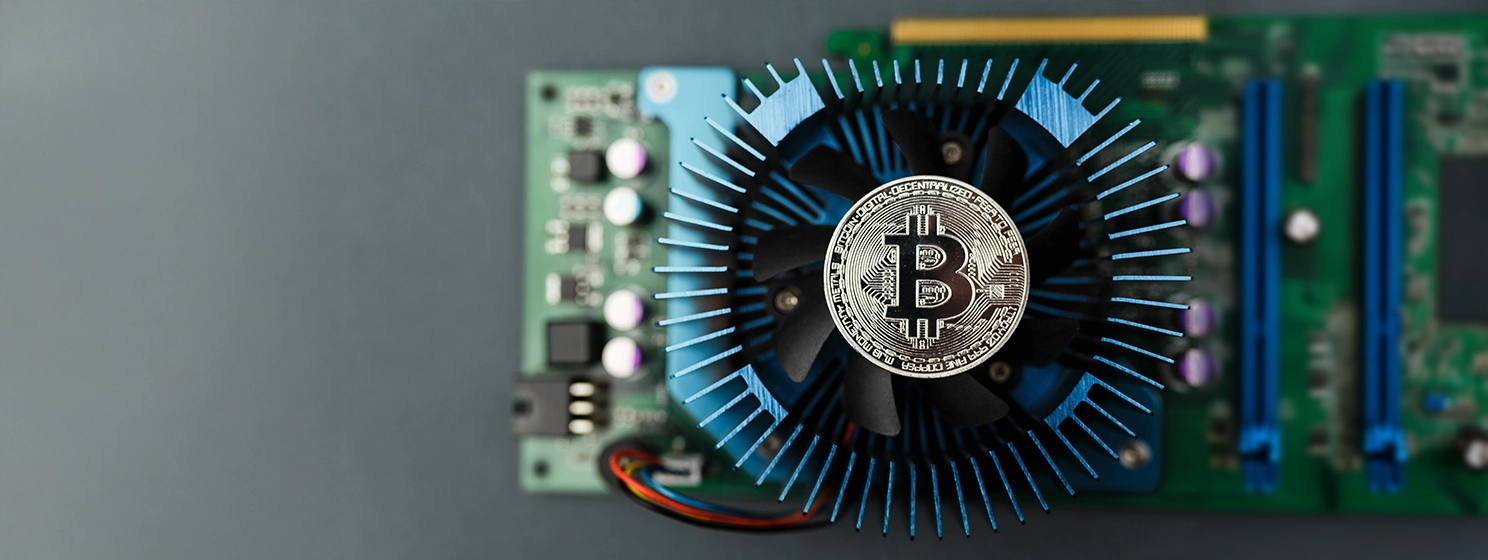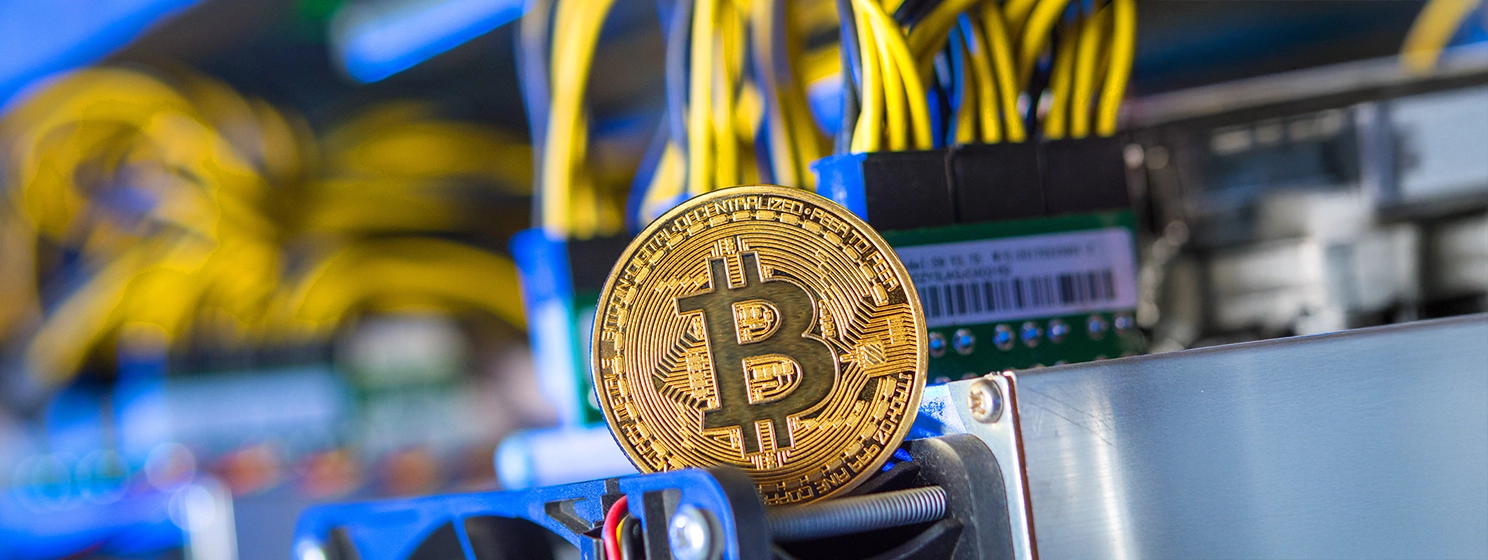|
Getting your Trinity Audio player ready...
|
The block reward mining world is moving quickly this year. While BTC mining is all over the news due to the significant amount of energy it consumes, another development is taking place with zero-knowledge (ZK) proofs. A new hardware idea is here: modular ASIC-GPU hybrids. These mix special computer chips (ASICs) with graphics cards (GPUs) to make ZK calculations faster. By September 2025, companies like Cysic are in charge, wrapping up their Testnet Phase III on September 18 and preparing to launch their main network. This doesn’t just make things 100 times more efficient. It also enables block reward mining to perform more than just BTC hashing, with applications in zk-rollups, zkVMs, on-chain AI, and zkML. By converting spare hardware into tokens and creating compute markets that are easy to trade, these hybrids could make mining more open and sustainable.
BTC mining typically uses ASICs that are built for SHA-256 hashing, which performs trillions of calculations per second to secure the network. ZK proofs, however, which verify something without revealing the underlying data, require different calculations, such as fast Fourier transforms (FFTs), multi-scalar multiplications (MSMs), and polynomial commitments. Relatively speaking, regular ASICs and GPUs aren’t good at these tasks, making ZK-based blockchains costly and slow. Modular hybrids solve this by using specialized ASICs (like Cysic’s C1 chip, ZK Air, and ZK Pro) combined with many GPUs, creating a collaborative hardware system. This setup allows easy task switching. ASICs quickly handle simple, repetitive ZK tasks (10–100x faster), while GPUs manage complex, parallel tasks like zkML models.
Cysic’s approach to doing things exemplifies this hybrid model. Their hardware setup turns proof generation into a fast process, using GPUs and ASICs for real-time ZK work. During Testnet Phase III, which concluded on September 18, 2025, the platform processed over 13 million transactions at a rapid pace. It involved 1.36 million users in a prover network. This isn’t just making things faster; it’s changing how we think about computing. ComputeFi means that computing power can be owned, checked, is efficient, and can be easily bought and sold. Spare hardware, GPUs in home computers or ASICs in data centers, can be turned into node NFTs. These can be added to the network and earn money. A two-token system ($CYS for regular use, $CGT for making decisions) lets the community decide where computing power is most needed, like zk-rollups on Ethereum or StarkNet.
This is very important for block reward mining. BTC mining is becoming harder after the halving (rewards are now 3.125 BTC per block). ZK hybrids offer new ways to make money. Miners can use their equipment for ZK proving, earning fees from DeFi protocols, AI work, or privacy apps. For example, Cysic’s Cosmos chain works with EVM and acts as a base layer that can connect different ecosystems, turning mining into a proof-as-a-service market. This also means less electronic waste, since parts can be upgraded to extend the hardware’s life. It also makes it easier for smaller miners to join, since they can use cloud-based GPU clusters without spending a lot of money.The performance numbers are good. Cysic’s ASICs perform proofs 100 times faster than using software alone. In projects like Succinct’s prover network (July 2025), Cysic’s GPUs handled complex ZK tasks, proving that they can be used for on-chain AI, where being able to check the work is key. For BTC, ZK hybrids enable sidechain scaling, as seen in ZeroSync’s work to reduce BTC’s history size using proofs. This lets light clients check the chain without needing full nodes. This could significantly reduce BTC’s energy consumption, aligning with its sustainability goals.
There are still things to work out, though. ASIC development takes time (planned for Q2/Q3 2025 by Cysic). They are relying on GPUs in the meantime. There is a risk that big companies could control the prover network, but community governance can help prevent this. Regulations, such as energy reporting under the EU’s MiCA, could slow things down, but ComputeFi’s decentralized setup makes it resilient. Following Phase III, the mainnet launch marks a significant step forward. Cysic’s prover network might turn into a major computing market. Here, miners can get paid for helping with ZK tasks in Web3 gaming, private DeFi, or even checking BTC Ordinals. As ZK tech improves, mixing PoW’s strength with ZK’s speed could really boost crypto systems by 2030.
This changes what mining means: it’s not just protecting BTC, but also powering computing systems that can be checked. For miners looking to do other things besides BTC’s 980 EH/s hashrate, ASIC-GPU hybrids offer a way to be efficient and profitable. As Cysic leads ComputeFi, the future of crypto mining is less about hashing and more about smart, tokenized computing.
Watch | BSV is Open: Anyone Can Build, Mine, or Use

 12-24-2025
12-24-2025 




